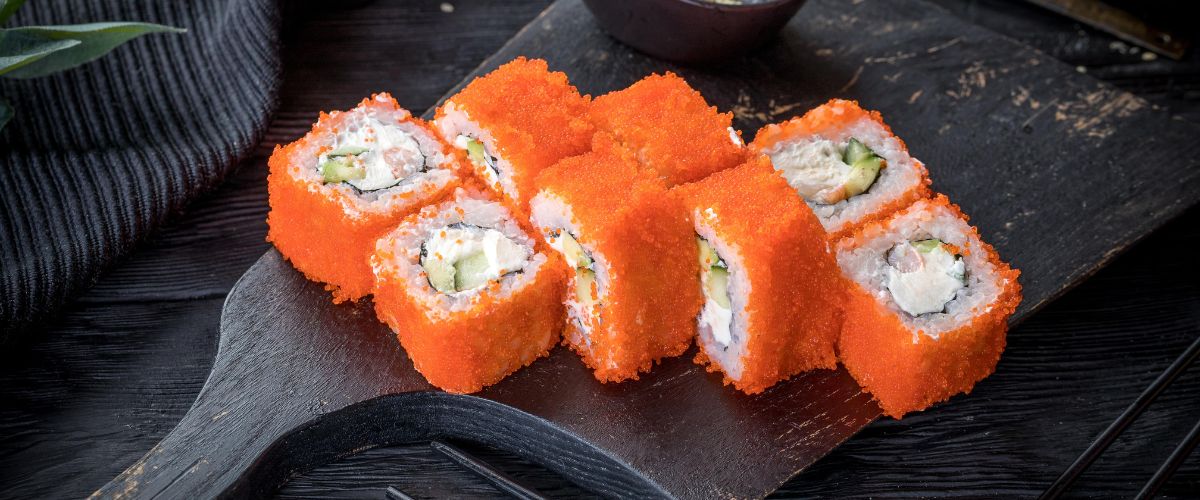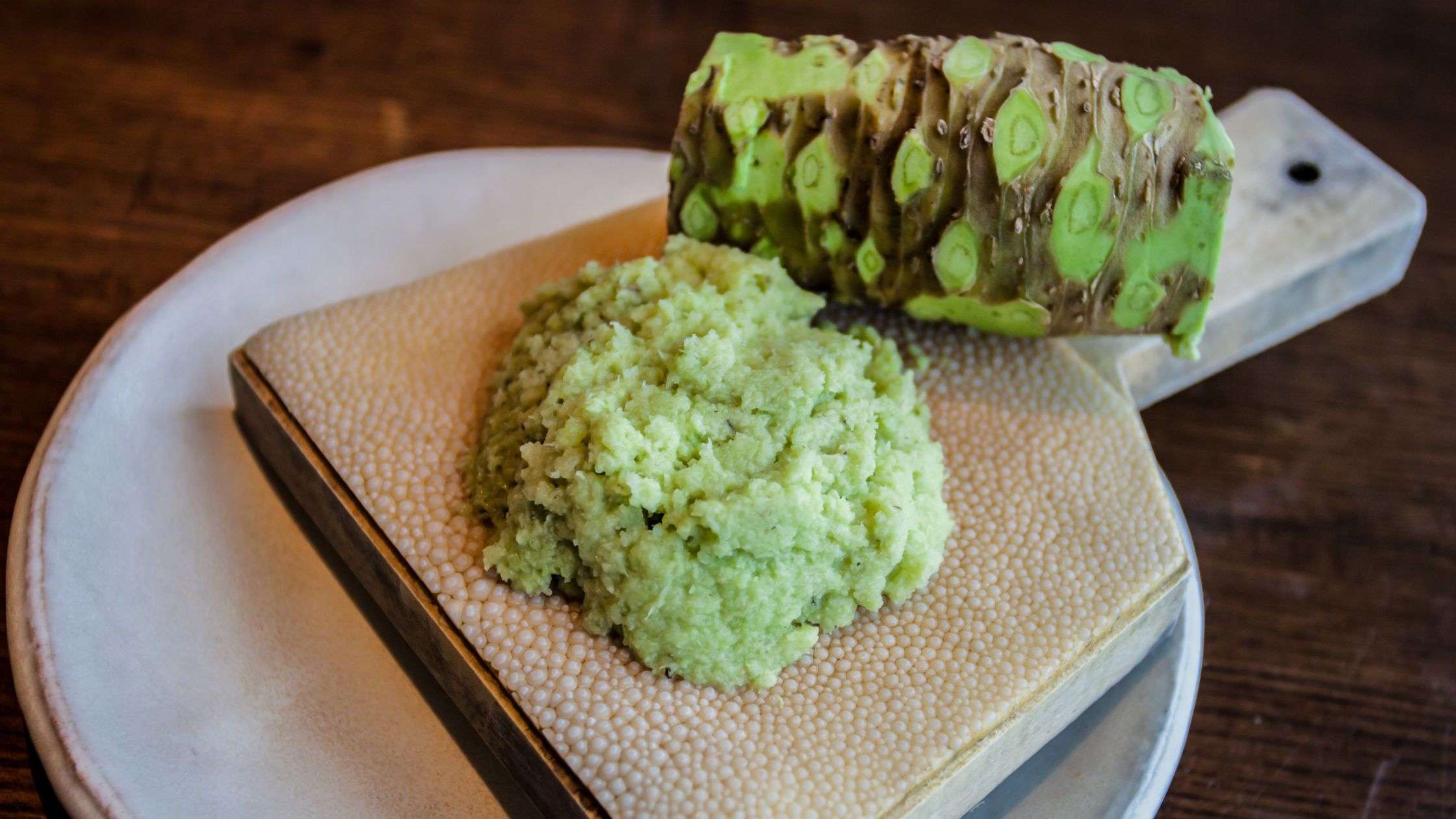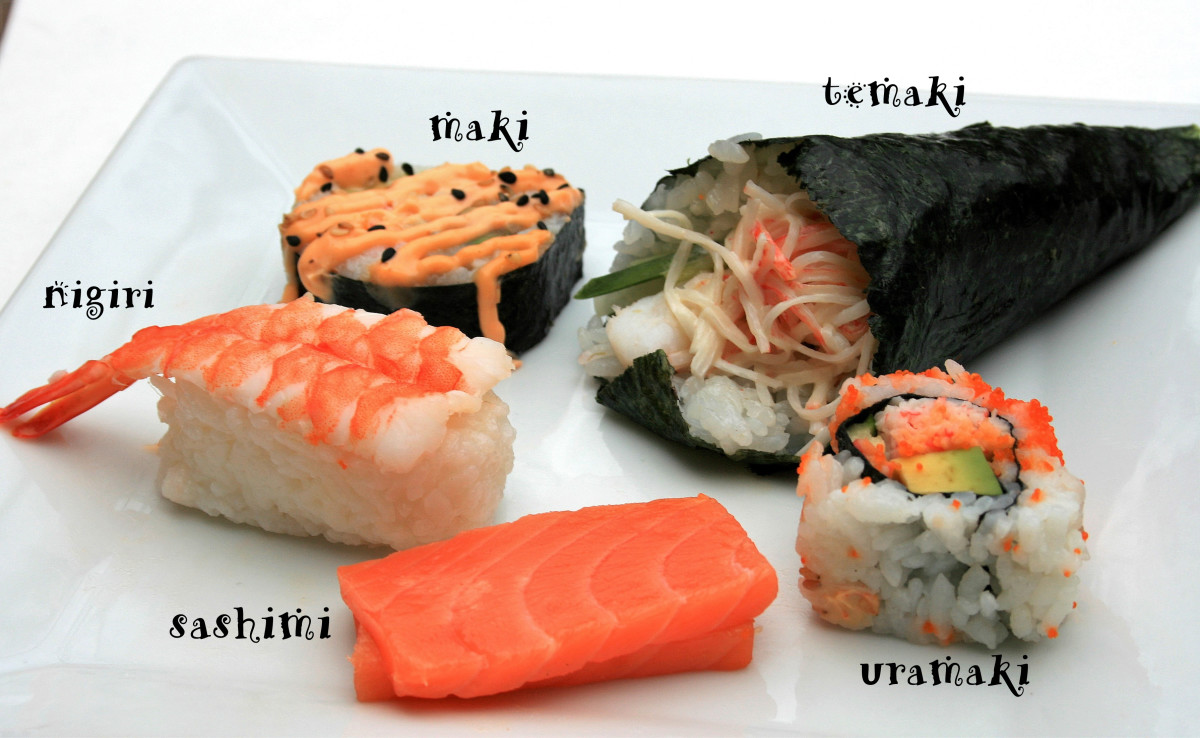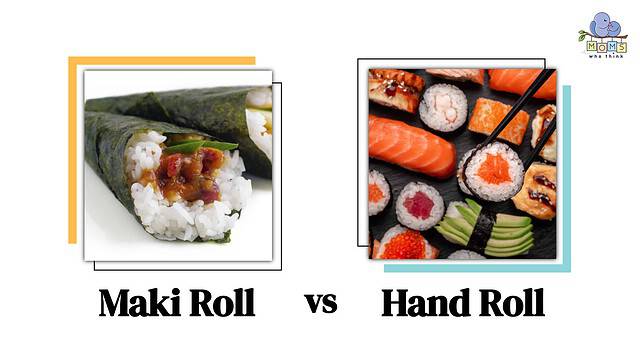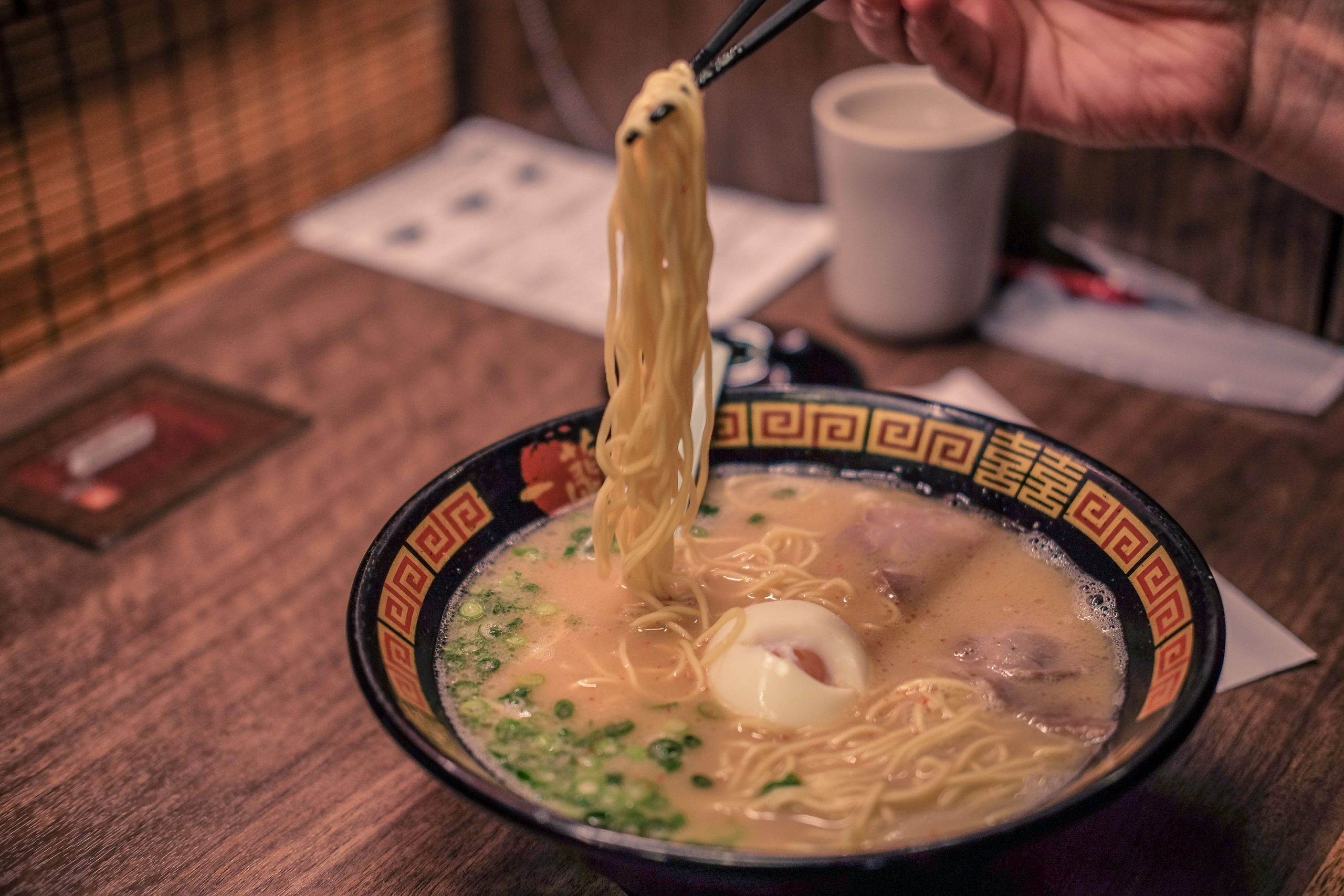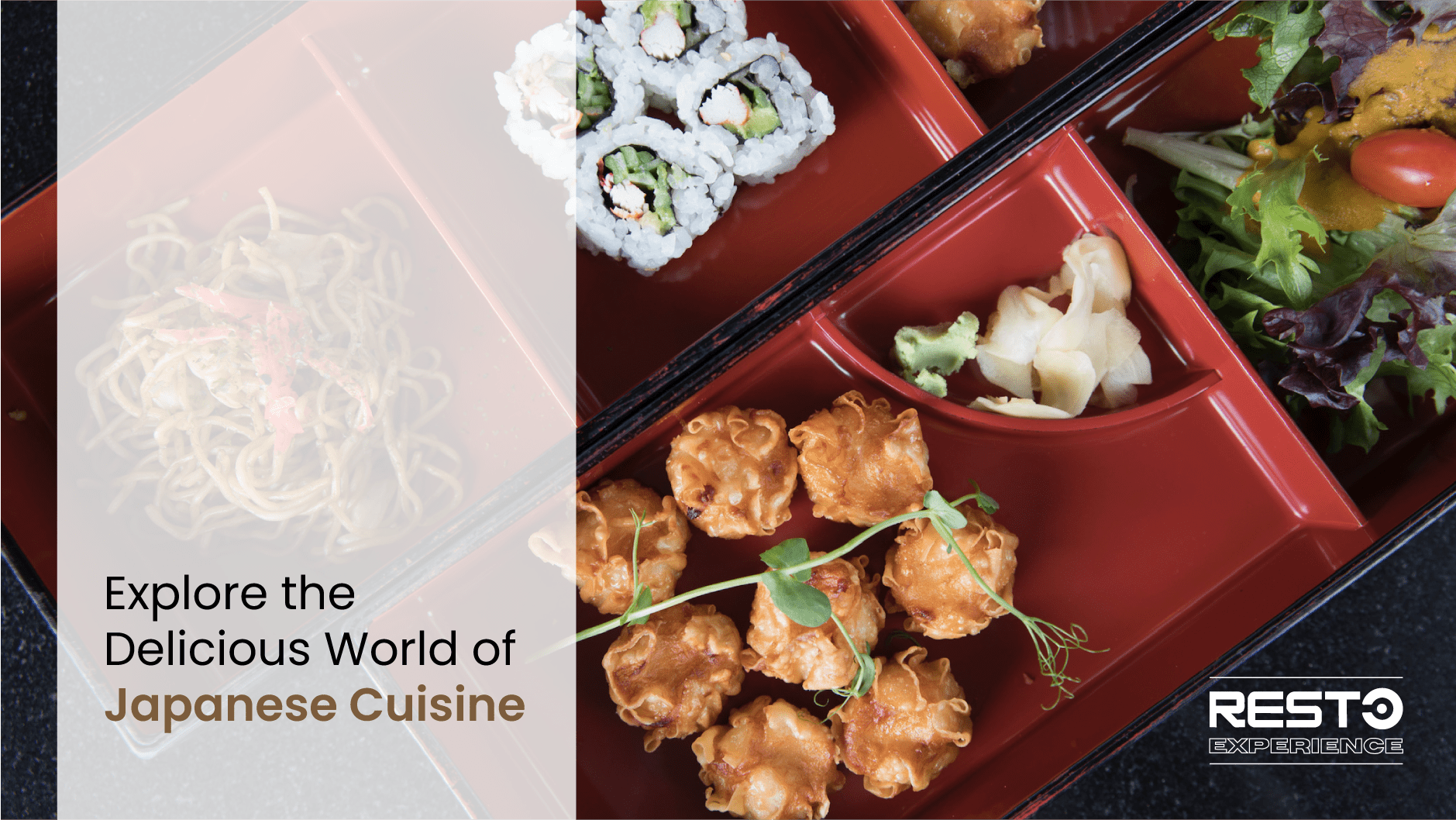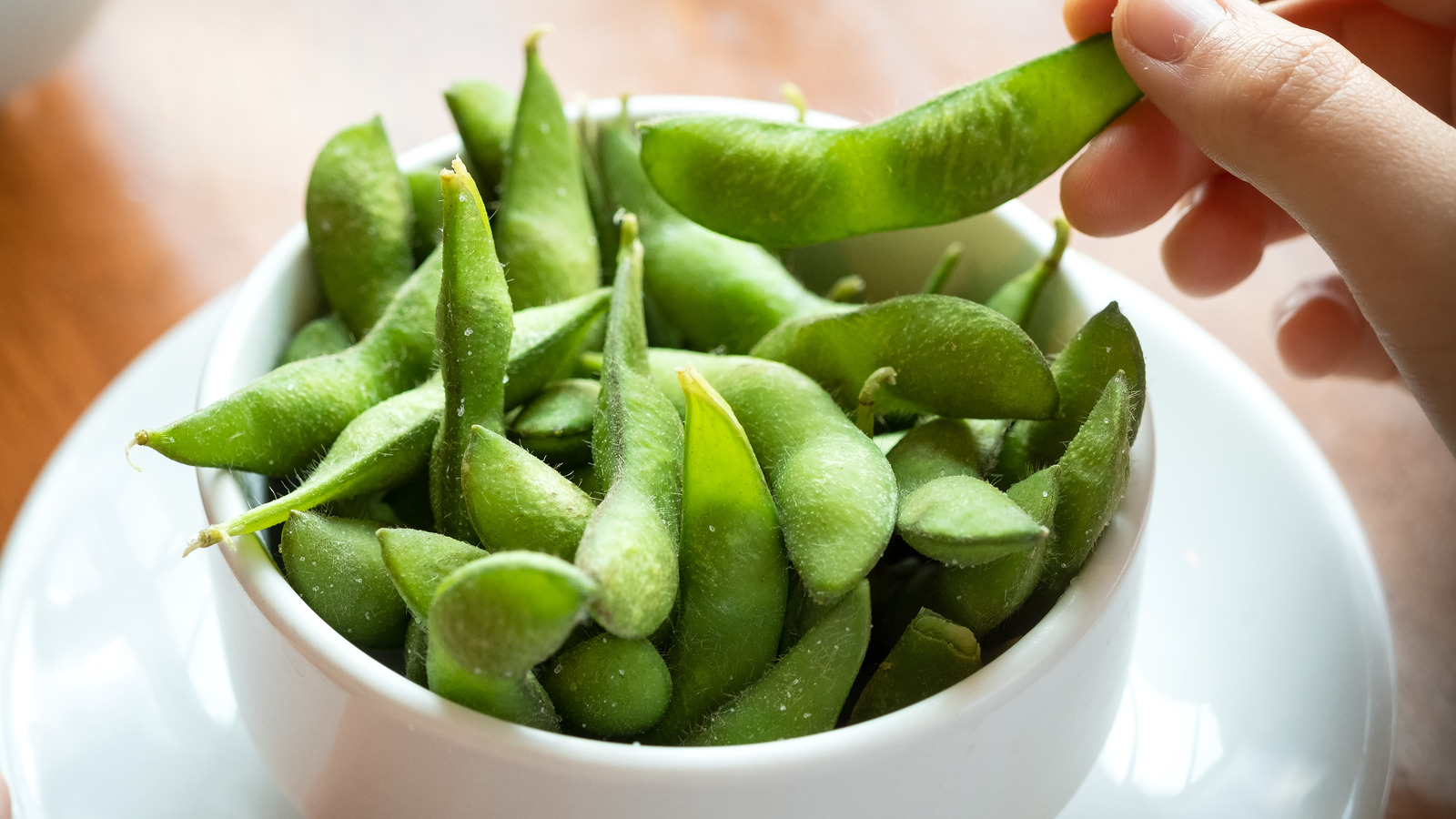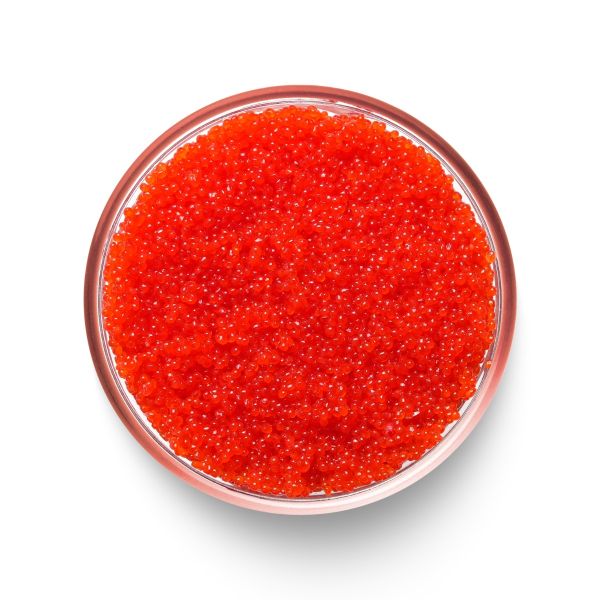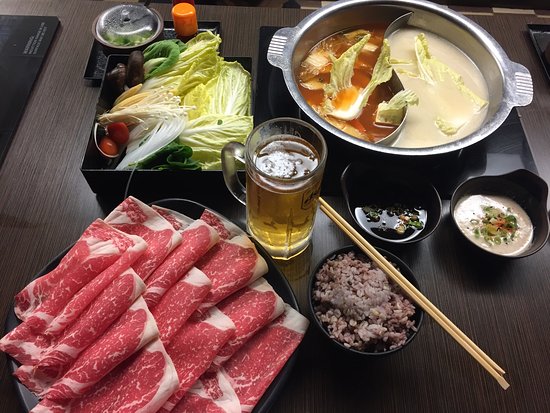Tobiko Sushi: The History, Preparation, and Culinary Delights
– Tobiko sushi is a popular sushi roll filled with crab, avocado, and topped or rolled in tobiko roe (flying fish roe).
– Tobiko comes in different colors including orange, black, red, yellow, and green.
– Tobiko is a natural ingredient used in Japanese cuisine, known for its vibrant orange color.
– Tobiko can be purchased at Asian grocery stores or local sushi counters.
– Tobiko is often confused with other types of Japanese caviar or fish eggs, so it’s important to specify tobiko or masago.
– This recipe for tobiko sushi is easy to make and uses only a few ingredients.
– The rice used for making sushi can be short grain or medium grain rice, such as Lundberg Organic California Sushi Rice or Botan Calrose Rice.
– Seasoned rice vinegar is recommended for the sushi rice, brands like Marukan and Nakano are good options.
– Nori seaweed paper is needed for making the sushi rolls and can be found at most grocery stores.
– Masago eggs and tobiko are both full of fatty acids and are commonly used on California rolls.
– It is important to specify tobiko when purchasing, as it can be confused with other types of Japanese caviar, salmon eggs, or capelin fish.
– Tobiko sushi can be made in different colors depending on the tobiko roe chosen.
– The ingredients for tobiko sushi include sushi rice, seasoned rice vinegar, water, salt, tobiko or masago, and nori seaweed paper.
– High-quality sushi rice brands include Lundberg Organic California Sushi Rice, Botan Calrose Rice, or Nishiki Premium Grade Rice.
– Tobiko can be purchased online or from local sushi restaurants.
– Nori sheets can be found in most grocery stores.
– The article provides instructions on how to make tobiko sushi and lists the ingredients needed, including nori seaweed sheets, imitation crab meat, cucumber, avocado, pickled ginger, wasabi, and optional sauces and toppings.
– It suggests using homemade sushi rice made in an Instant Pot and provides instructions for making it.
– The article also guides readers on how to roll the sushi, including placing salmon, imitation crab, avocado, and cucumber on the rice, rolling it tightly with a bamboo mat, and slicing it into segments.
– It mentions that tobiko flying fish roe can be used as a topping for the sushi.
